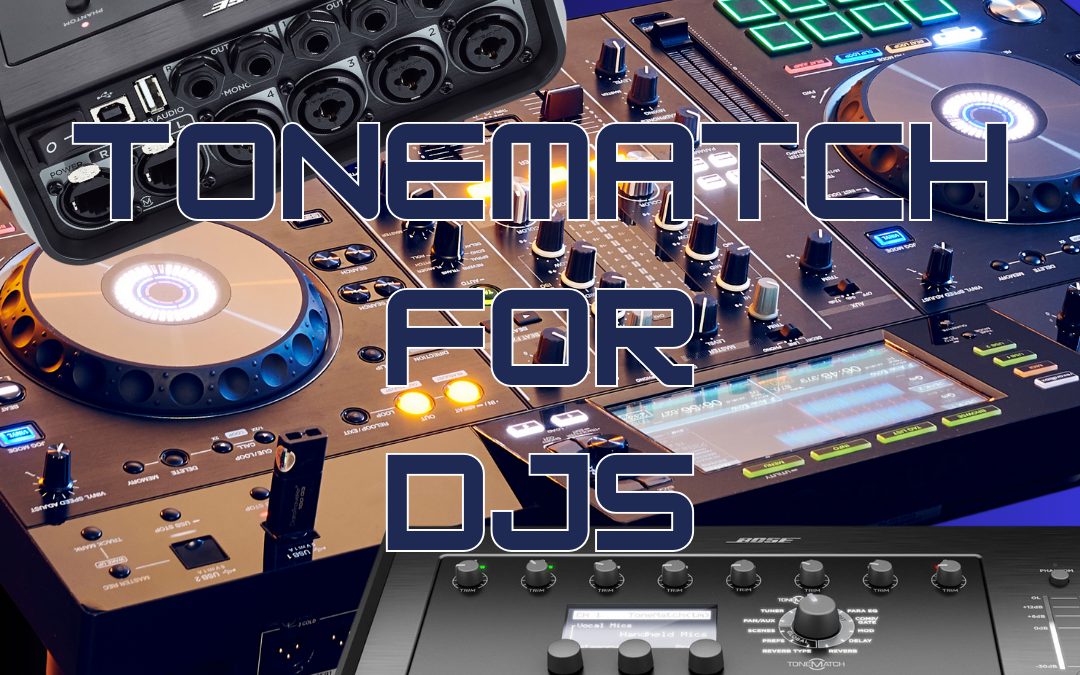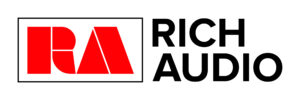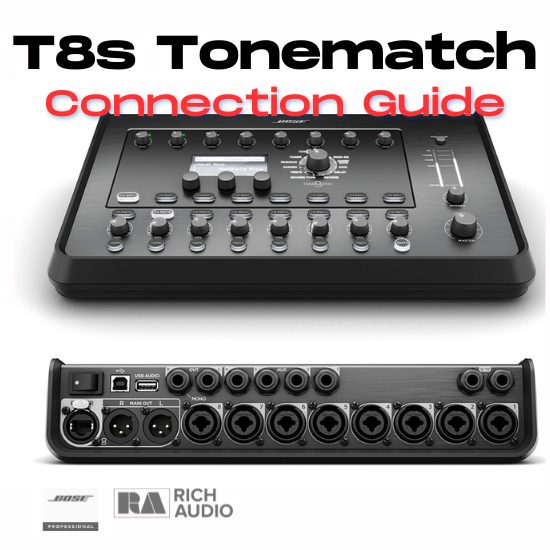
Warning for DJs using Tonematch T4s and T8s
Warning for Djs using Bose ToneMatch T4s or T8s
First, a secondary or external mixer is in most cases highly recommended for DJs using all-in-one DJ mixer/controllers. An external mixer means you have more headroom, perhaps better microphone preamps than what’s built into your DJ mixer, or more inputs if you only have a 2-channel DJ controller.
Why Bose L1 Pro DJs Need a ToneMatch
While any external mixer is an advantage, the ToneMatch is a logical addition for DJs using the L1 Pro because of how it “talks” to the portable array system.
The L1 Pro delivers powerful, portable audio with a tiny footprint, but the ToneMatch mixer unlocks its full potential. While live musicians/bands might find more use for the full suite of features packed into a T4s or T8s, there’s plenty for DJs to love when used properly with a DJ mixer or controller.
Precision-Tailored Audio with ToneMatch Processing:
The L1 Pro boasts impressive sound quality, but ToneMatch takes it a step further. This mixer utilises proprietary Bose digital signal processing (DSP) specifically calibrated for each L1 Pro model. This DSP meticulously fine-tunes the system’s response, ensuring pristine highs, clear mids, and deep, impactful bass. The ToneMatch detects your system – Pro8, Pro16 or Pro32 and automatically applies the correct DSP settings. Top 40 and EDM or the classic wedding hits, the ToneMatch guarantees it sounds right.
Streamlined Setup for Optimal Efficiency:
Gone are the days of wrestling with tangled cables. Depending on your configuration, a ToneMatch T4s or T8s can connect seamlessly to your L1 Pro system with a single cable providing both power and audio. This not only simplifies setup but also saves valuable time before your performance. ToneMatch’s multiple inputs allow for simultaneous connection of your DJ controller, microphone, and even an additional music source, offering ultimate versatility for your setup.
Pro-Grade Sound Control at Your Fingertips:
ToneMatch empowers you with comprehensive sound sculpting capabilities. Built-in, high-quality EQs allow for precise tonal adjustments, enabling you to tailor the sound to your musical style and the venue’s acoustics. You can even save “scenes” for some of those acoustically challenging venues – next time you’re there, just dial up the saved scene and everything willI be recalled from your last visit.
Best ToneMatch settings for DJs?
Here’s the warning part. Most advice in online groups is to connect your DJ controller or mixer to the AUX inputs on your ToneMatch. On the T4s this is channels 5 and 6, on the T8s it’s channels 9 and 10. While these channels will work and will give you some headroom while allowing for additional input sources (mics, band instruments, etc) on the main channels, the AUX inputs have none of the ToneMatch magic. No EQ, no high-level/low-level music presets, no “DJ” preset. The AUX inputs are pass-through connections and bypass almost every ToneMatch setting.
Some even suggest a ToneMatch is a total waste of money for DJs if they’re mostly using channel 5/6 (T4s) or 9/10 (T8s). You’re getting none of what makes the ToneMatch special!
My advice? Either use two of the main inputs (ch 1 and 2) or set your DJ controller to mono and run your DJ master out into channel 1 on your ToneMatch. This still leaves you three spare faders on the T4s, or seven spares on the T8s.
By running your DJ controller into the main ToneMatch inputs, you’re taking full advantage of the ToneMatch EQ and presets including the DJ mode built into the ToneMatch settings.
Set the channel gains and pan if required and then use the master or the DJ controller to adjust your overall volume as and when needed.




